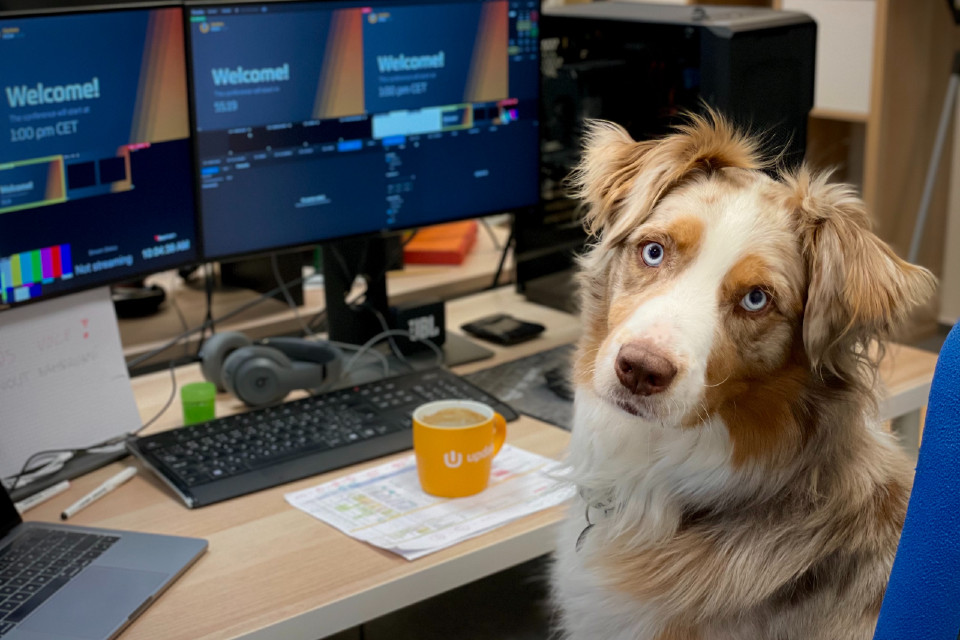The pandemic saw a huge rise in pet ownership, going from 41% of households to 59% in just one year. Dogs remain the most popular choice. Furlough, home working, limits on outdoor activities and loneliness all contributed to the rise.
However, the imminent return to the office, for most people (at least part time), means that many of these pampered pooches will be facing extended periods of alone time for the first time, while others may find themselves accompanying their owners to work. Vet Dr Joe Inglis, from home-cooking platform VetChef.com, explains how you can help your dog through this huge change in his or her life.
He advises: “Dogs are pack animals and can be distressed if suddenly left for long periods of time. It’s important to prepare for and manage the separation. The extension of the lockdown gives you the time you need.”
Dr Joe’s top tips for preparing for the separation:
- There will be fierce competition for dog walkers. Book yours now as a whole day without exercise, or the chance to use the toilet, is too much to expect from your dog.
- Start leaving your animal alone for a short time now. Gradually build to longer periods.
- Crates are not recommended for dogs over long periods (such as the typical working day). Howeverif you intend to use a crate for your dog for some of the time, start by leaving the crate door open and fill the crate with their bed and favourite toys so they learn to see the crate as a place of comfort and security. Once they’re happy in the crate, shut them in for short periods with food and give them lots of rewards and attention when they come out.
- Adapt your routine to what it will be when you start work. g.Walk your dog at the beginning and end of the day so they get used to the idea of less activity in the middle of the day.
We can also expect to see a rise in dogs coming to work. If you intend to take your dog to the office Joe advises:
- Only consider it if your boss and other employees are happy for you to do so. Check no-one has an allergy. How many other people will be bringing in dogs? Are there times people would rather the dog was not there (eg. client meetings)?
- Make sure your dog is very well trained. No-one wants a dog in the office if there is a risk of them barking at the wrong time or jumping on visitors. You may think it’s adorable; most people won’t and you’ll find yourself very unpopular.
- Does the dog sit quietly at your feet while you work, or does it often distract you? An office is a fascinating place for a dog, full of lots of interesting smells and people. If the dog is not chilled at home, it will not be calm in your office and you and everyone else will find it very distracting.
- Check there is somewhere safe nearby for the dog to exercise and relieve itself.
- Check that the dog is happy travelling. Some are terrified of getting on trains. Take the dog for a couple of trial runs, where you can go in for an hour and straight back home again, without any pressure on either of you.
Whether at home or in an office Joe advises that diet is far more important than most people realise: “We now know that if you feed a child nothing but processed food it can result in behavioural problems. The same is true with dogs. A well-fed dog, getting fresh food and the right nutrients, will be happier and healthier and far less likely to resort to destructive behaviour.”









